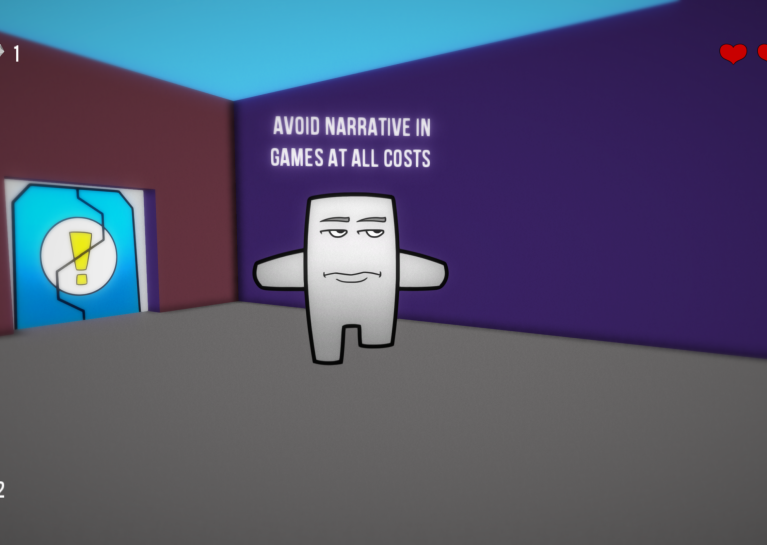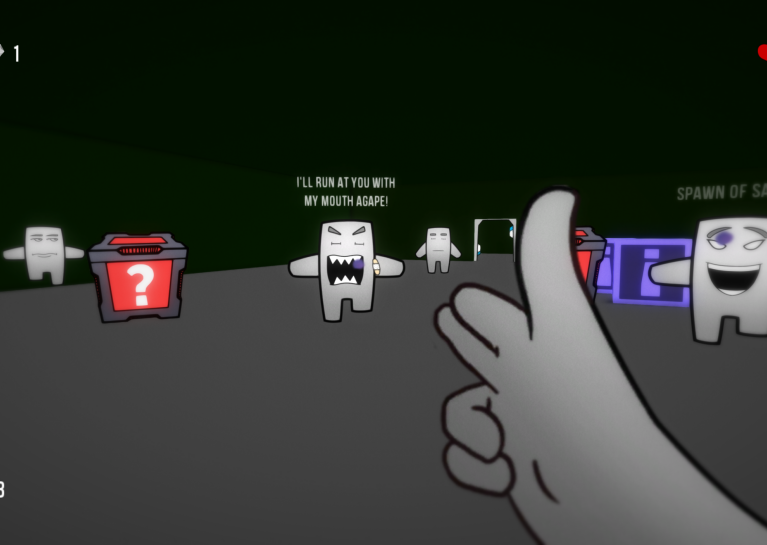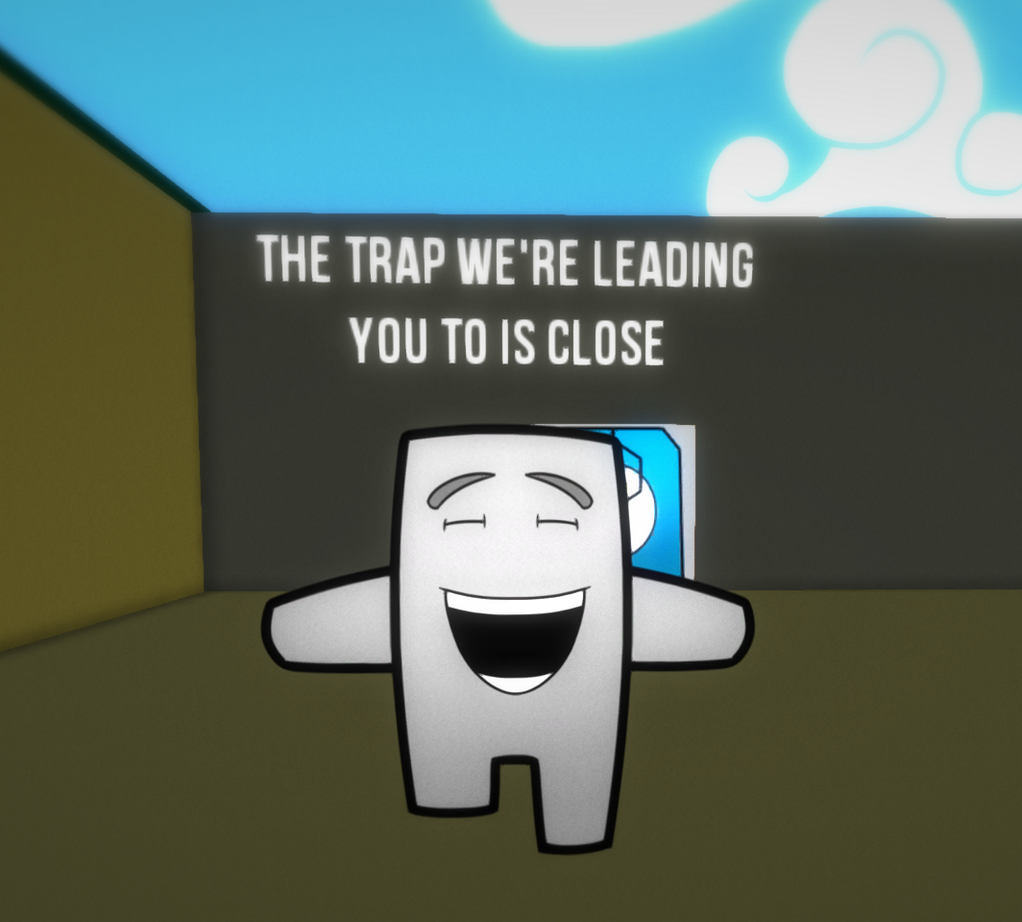ARE

Jam On
For the 2014 Global Game Jam, I teamed up with Parker Whitney and Jake O’Brien of Flyclops, and my co-worker at Cipher Prime Andrei Marks. Originally, it was just going to be myself and Andrei calling ourselves the “A-Team” because both of our names started with “A”. When Jake and Parker joined our team, they agreed to temporarily rename themselves “Ake” and “Arker” to participate. We had 48 hours to make a game based on the theme “We don’t see things as they are, we see them as we are.”

The Game
Our take on the theme was to use our game as a personality test. We were inspired by stories of how people played open-world games and role-playing games in different ways, and what those playstyles said about the person’s personality. So we created two axes: Agression to Agreeableness, and Antsyness to Anal-Retentiveness (keeping to the A theme). Agression to Agreeableness was reflected in how you interacted with the game’s denizens. Did you try to communicate with them, or just kill them all? Antsyness and Anal-Retentiveness tried to measure how quickly you wanted to move through the game. If you moved from room to room quickly, you were more antsy. If you spent time to open all of the chests in the room and collect the gems, you were more anal-retentive. At the end of the game, you were given a display of your plot on the axes.


Proper Procedure
The levels in ARE were my primary responsibility. I wanted the maps to be totally different every playthough, and reactive to the player’s playstyle. So normal procedural level generation techniques were not as useful, because they required the entire map to be built before the game began. I created a simple technqiue to dynamically generate the rooms for the levels, and wrote an article about the process on Gamasutra, which was later featured.
You can still download and play the game here
